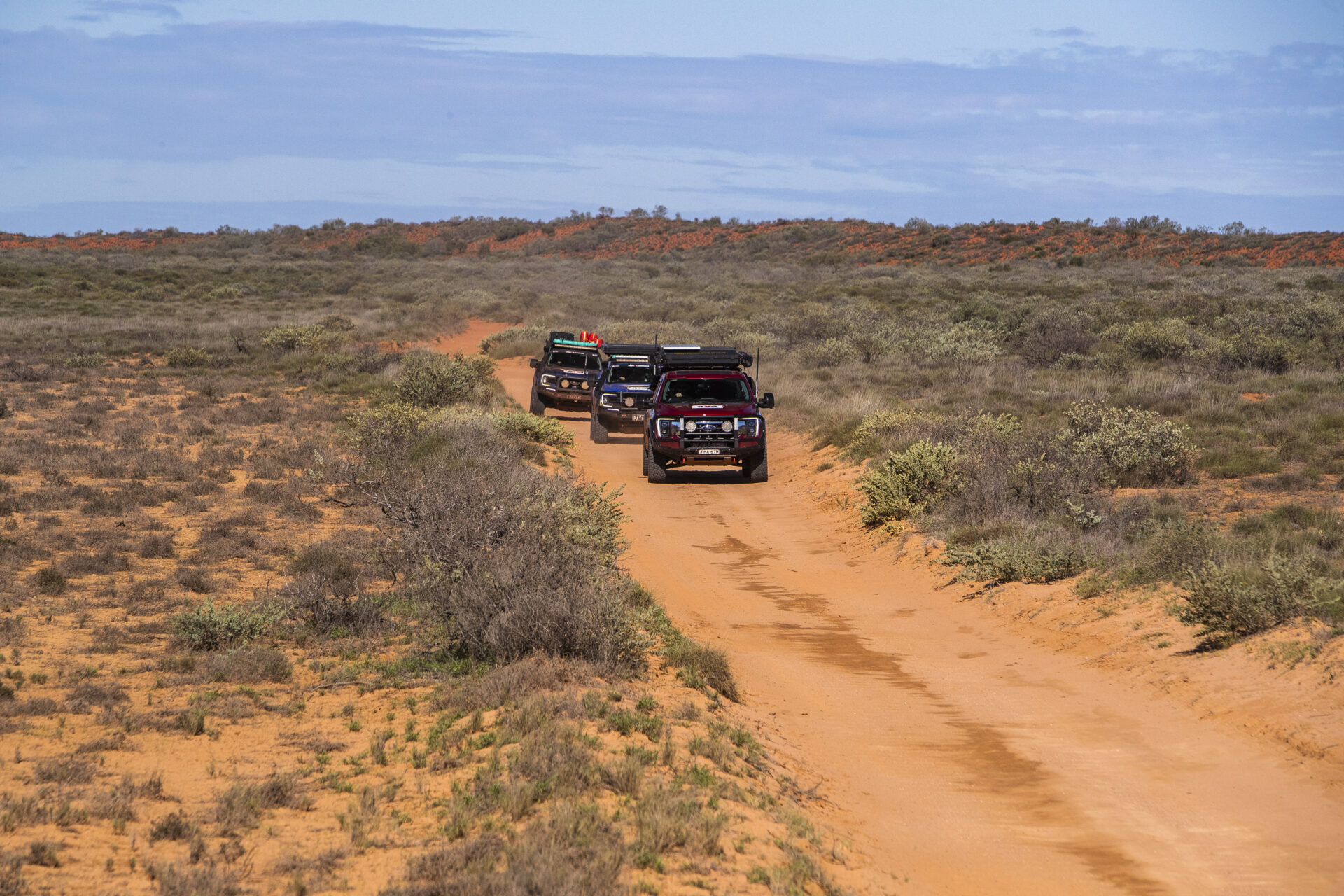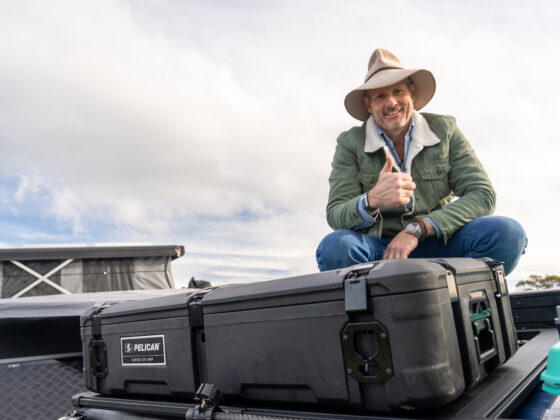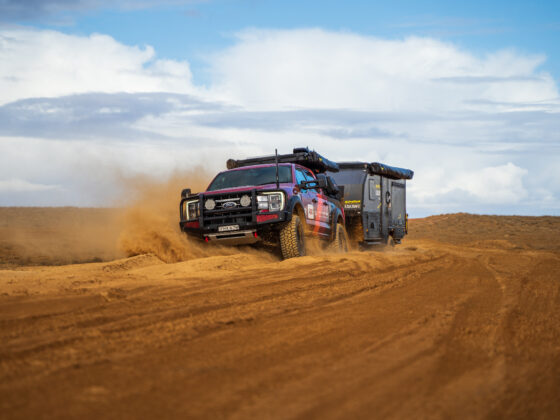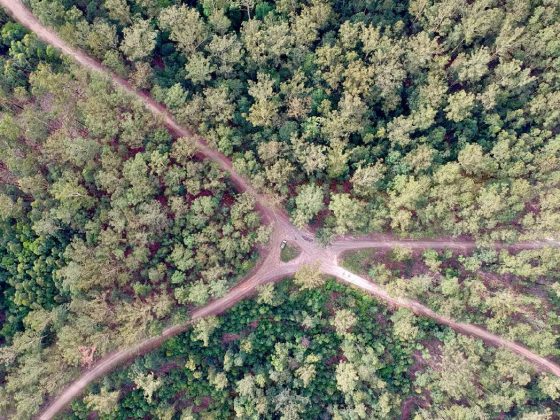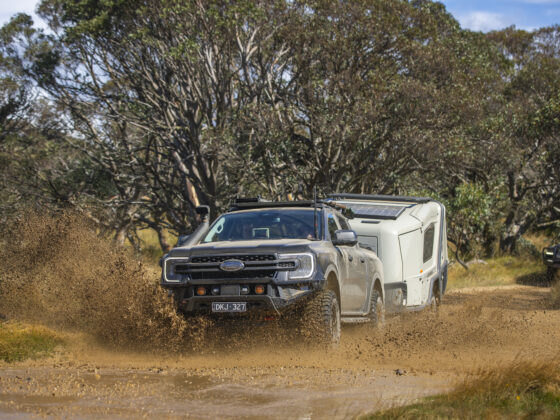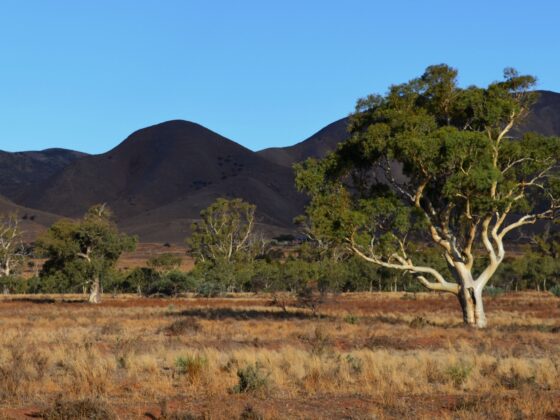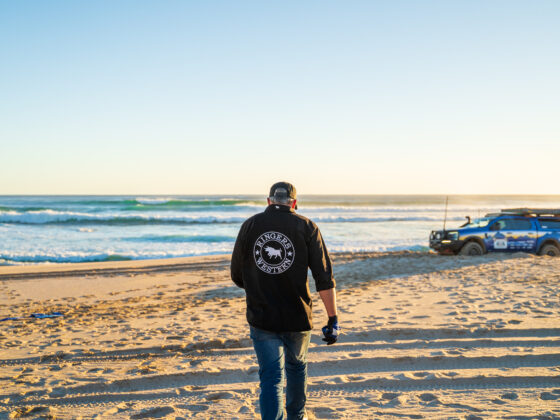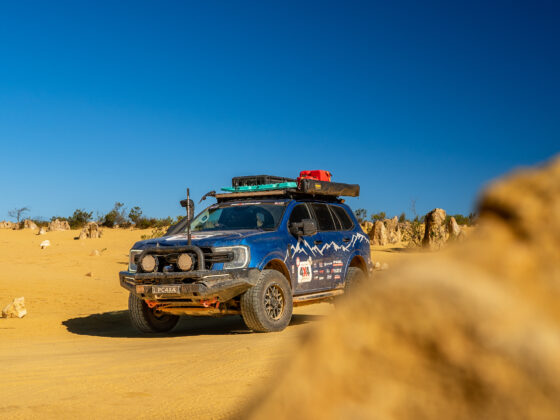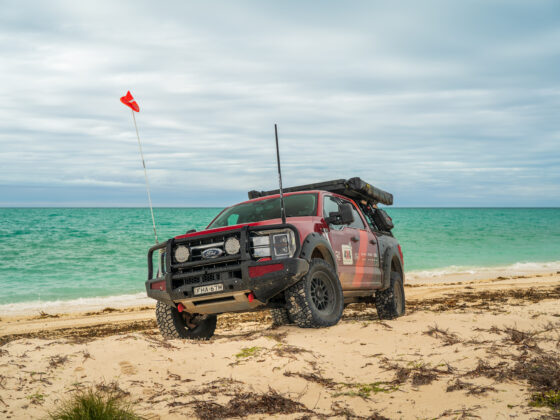Embarking on the legendary Canning Stock Route (CSR) is an adventure of a lifetime. This iconic track, known for its rugged terrain and rich history, is a must-do for any serious 4X4 enthusiast. If you’re considering taking on the Canning for the first time, here’s a guide to help you prepare and make the most of your journey.
Understanding the Route
The Canning Stock Route stretches over 1,800 kilometres through the heart of Western Australia. It’s one of the longest and most remote tracks in the world. Originally developed by Alfred Canning in the early 1900s to facilitate cattle movement, the route has evolved into a challenging off-road adventure. It attracts fewer than a thousand travellers each year. Understanding its historical significance adds a layer of appreciation as you navigate the same paths once used by drovers and cattle.
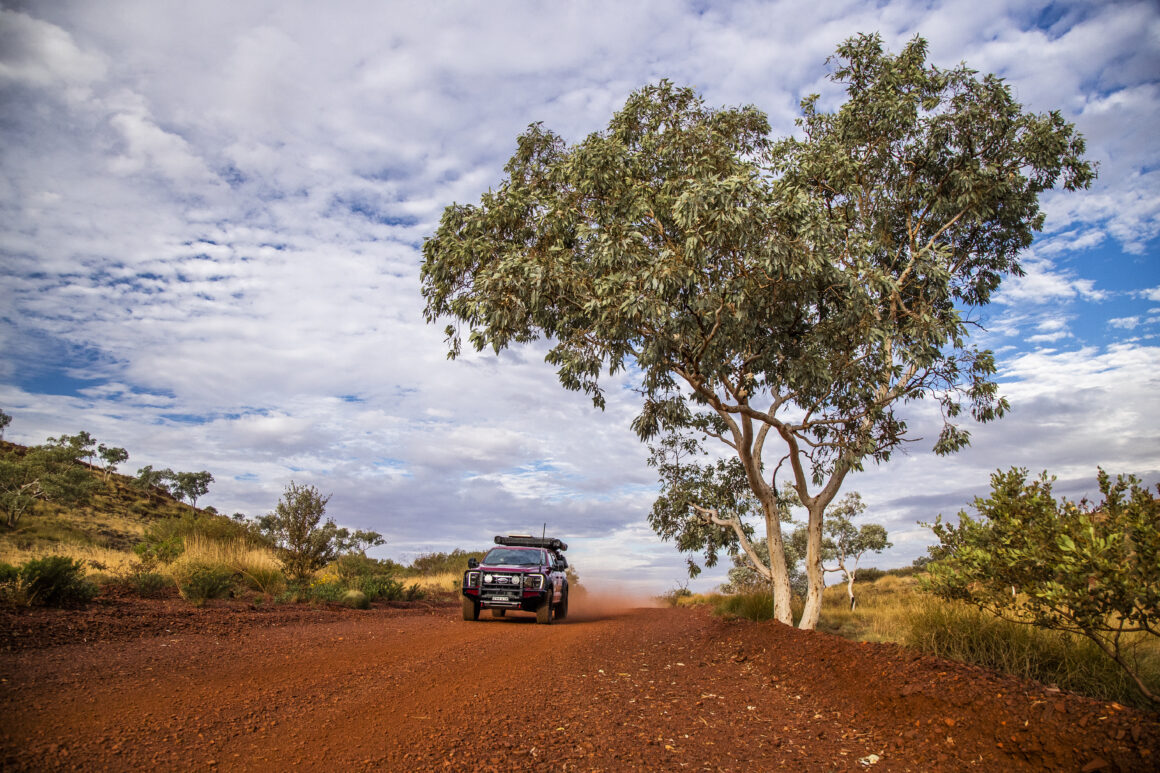
Preparing for the Terrain
One of the first things you’ll notice on the CSR is the corrugations—those bone-rattling ridges that can turn a smooth drive into a test of endurance. Each section of the track has its character, from flat rocky areas to towering sand dunes painted in hues of pink, orange, and sunburnt red. The key is to experiment with your speed and tyre pressure until you find the sweet spot for your rig. Use the route heading to the Canning to get comfortable with corrugations before you’re proper remote. You want to know you and your 4X4 won’t shake to pieces.
Experiencing the Natural Beauty
Despite its harsh reputation, the Canning is teeming with unexpected beauty. Recent rains can transform the desert landscape into a lush, green tapestry dotted with colourful wildflowers. Pink and yellow blooms stand out against the arid backdrop, showcasing nature’s resilience in this extreme environment. Along the way, you might learn about the unique flora and fauna from knowledgeable guides or fellow travellers, enriching your understanding of this remote ecosystem.
Choosing the Right Vehicle
Traveling the CSR in a reliable 4X4 is essential. During Jess’s first run down the Canning, she had the chance to experience both the Ford Everest and Pat’s F-150, each offering distinct advantages. The longer wheelbase of the F-150 provided stability on open stretches, while the Everest’s shorter wheelbase was ideal for maneuvering through tighter spots. Both vehicles were equipped with Outback Arm suspension, but the driving experience differed due to their unique structures. Choose a vehicle that suits your driving style and comfort needs and ensure it’s well-prepared for the journey.
Travelling in Convoy
While solo adventures can be exhilarating, the CSR is best tackled in a convoy. Travelling with at least one other vehicle provides a safety net if you encounter mechanical issues or become stuck. An all-too-real possibility given the track’s remoteness. We met a traveller who was fortunate to be rescued by another group after getting stuck, but such encounters are rare. Having a convoy means support is always close by, and it enhances the experience by allowing you to share stories and reflections around the campfire at day’s end.
Cultural Respect and Awareness
The CSR passes through lands traditionally owned by the Martu people, who continue to live in communities along the route. While we didn’t meet any Martu people on our trip, it’s important to respect their land and customs. Remember, you’re traveling through their home, so approach with sensitivity and awareness.
Final Thoughts
The Canning Stock Route is a journey like no other. Offering both challenge and reward for those who venture into its remote expanses. Whether you’re drawn by the history, the landscape, or the thrill of the drive, approaching the CSR with preparation and respect ensures a memorable experience. As a first-timer, the lessons learned and the awe-inspiring sights encountered will stay with you long after you’ve left the track behind.



